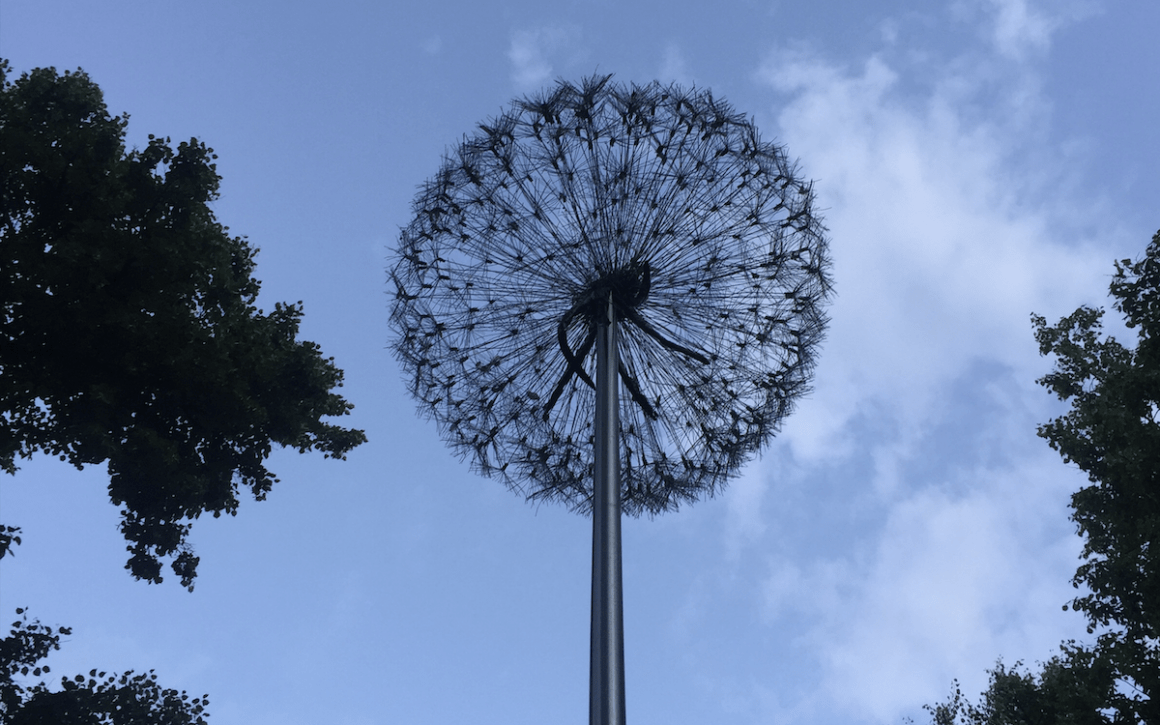Statement on Violence and Peace in Ukraine
We only need to understand the idea of curative education in its widest sense, then we will be able to perceive its true mission… It has the potential to become a worldwide force that can meet the “threat to the individual” that now prevails. The “curative educational approach” should express itself in every field of social work, in spiritual welfare, in the care for the elderly, in the rehabilitation of the mental patients as well as the disabled, in the guidance of orphans and refugees, of suicide candidates and the desperate; but also in overseas aid, in the international Peace Corps and similar attempts. If we truly still want to consider ourselves to be human, then this is the only possible answer we can give today while mankind dances close to the abys:
Only the help from person to person – the encounter of ego to ego, the realisation of the other person’s individuality without judging his confession, beliefs, world view and political standing – simply the direct and one to one encounter of two personalities – is able to create this kind of curative education that is able to meet the threat to the inner human being in a healing manner. However, this will only be possible on the basis of a thorough and heart-felt wisdom.
(From the volume: The Child with Special Needs)
In this sense we would like to draw your attention once again to the possibility of making this support effective from person to person on the path of civil society commitment – among other things also by means of the networks within the anthroposophical movement. You can do this directly in the context of the worldwide movement for Waldorf education and anthroposophical curative education, for example, through the campaign of the Friends of Waldorf Education.
Jan Göschel, Bart Vanmechelen, Sonja Zausch
Leadership Team
(Image: Metal dandelion, artwork in the park in Kharkiv, Photo: Sonja Zausch | 2019)

